In the ongoing war between watt-hours and anxiety, there exists a curious, recurring phenomenon: everyone wants to beat the battery. And by that, I mean outthink it. Outsmart it. From tow-behind solar trailers to 12V fridges that double as power banks, the aftermarket is a carnival of range-extending ideas, some clever, some cracked, and some caught in that shimmering gray area where engineering ambition meets the harsh math of thermodynamics. The latest contender is a solar-powered tonneau cover strapped to the bed of an F-150 Lightning, courtesy of a Facebook group that doubles as the truck’s unofficial skunkworks division.
“Beta testing the new Worksport Solis solar tonneau cover! I'm super excited to share everything I've learned about it, yes it works, no, it doesn't charge the truck directly, but I've been charging it using a battery and a mobile charger when I'm parked. I should have some time tomorrow to go into more detail, home with the kiddos now, so I need to get off the computer.”
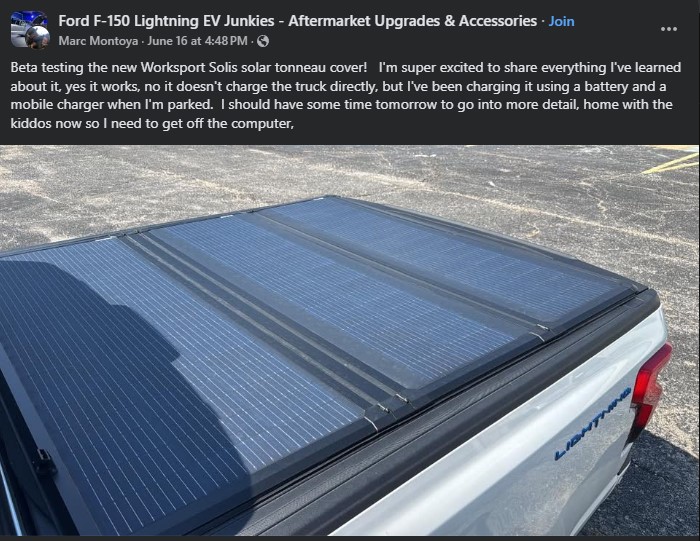
The Worksport Solis system doesn’t connect directly to the Lightning’s high-voltage battery, at least, not yet. Instead, it charges a separate battery pack, which then trickles energy back into the truck via a mobile charger. It's more workaround than revolution, but it's also a glimpse at a real-world solution for those who park more than they drive and want every inch of their truck doing some form of work, even when it's just soaking up in the Costco lot.
Worksport Solis Solar Tonneau Cover: 650 W Power Generation & Up to 10 Miles Daily Range
- The solar-panel tonneau cover currently being adapted for the Lightning can generate around 650 watts, enough to provide meaningful supplemental power
- Worksport claims it could add as much as 10 miles per day under ideal sunny conditions, helping offset daily commute energy use
- At present, it doesn’t feed directly into the truck’s battery, power is routed to a separate COR storage unit; direct integration with the vehicle’s charging system is still under development
- Users report it’s more effective powering onboard accessories (fridge, electronics) than substantial EV range extension, the charging rate is closer to a basic 120 V outlet
Among the commenters, the concept quickly evolved from “neat idea” to a mini roundtable of engineering enthusiasts. Dwight Hibner imagined a system capable of feeding a full 2,000 watts directly into the truck’s drive battery. “Could make boondocking much easier,” he noted, painting a future where camping off-grid isn’t an exercise in compromise but one of sustainable autonomy.
Boosting F-150 Lightning Efficiency & Off-Grid Capability
His logic checks out: skipping the inverter losses and going direct-to-pack would increase efficiency, and potentially make the Lightning the first EV capable of truly solar-sustained life on the trail.
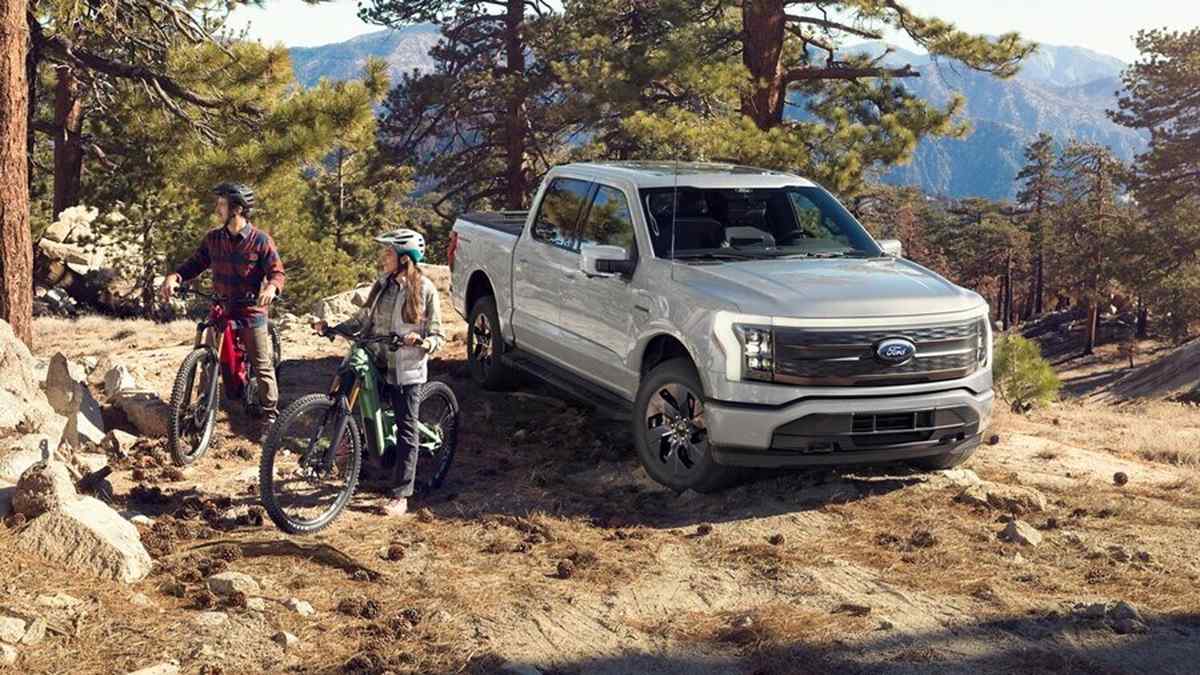
Still, skepticism found its way in.
“If it only adds 3-4 miles to the Prius range, it will probably add 1000 ft of range to the F-150 Lightning,”
Joked Adam Y. Griffith, referring to the famously inefficient solar roof of the Prius Prime. But context matters. As Daniel Carrazana reminded him, “Much smaller panels on the Prius, however.” Indeed. A Prius roof might collect rays like a beach umbrella, but a full-size pickup bed, especially one stretching out to 8 feet, is a much more capable solar surface. It's not a stretch to say the scale alone gives the idea legs.
Solar Tonneau ROI Explained: kWh Yields & Daily Range Gains with Worksport Solis
So what’s the actual return? That depends on who’s doing the math. Thaddius J. Wenderoth, an electrical engineer with 28kW in rooftop solar and three EVs in the garage, estimates 3 kWh per day from the Worksport setup under ideal conditions.
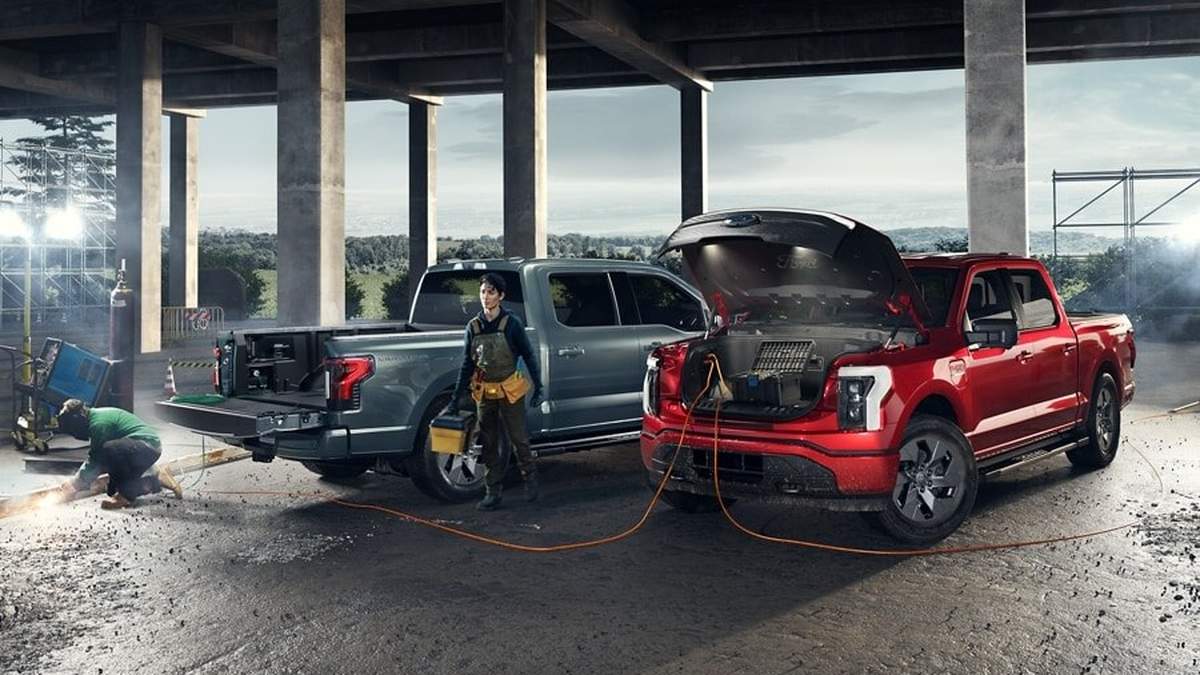
That’s enough to drive, on a good day, between 1.5 and 2 miles. “Not knocking anything,” he wrote. “But for the cost, this would have a horrible ROI.” Hard to argue with an engineer who also happens to be a realist. But then Brian Bennett chimed in, noting that with 4 kWh per day, you could see 9 miles, 280 miles a month, give or take. Suddenly, the numbers start to sound less theoretical and more practical, at least for the determined.
Dave Dennis added further nuance, explaining that EV efficiency isn’t uniform. “Most EVs go 2.5 to 3 miles per kWh,” he said. If that’s true, and it often is, depending on how and where you drive, then the solar bed cover could net you around 9 miles per day, under perfect sun. That’s not range-anxiety insurance, but it is the equivalent of a daily school run, a quick store trip, or just the satisfaction of knowing your truck charged itself while you sat in a meeting or camped beside a lake.
EV Range Extenders: Benefits, Drawbacks & Innovation Trends
- These vehicles alleviated range anxiety by blending electric drive with small ICE generators, providing backup power, but complexity and added cost, like the i3’s limited fuel tank to meet regulations, hindered wider adoption
- Extenders add weight, mechanical complexity, space demands, and potential repair points, making them less appealing as battery technology improves. Most automakers have abandoned series-extender concepts (e.g., Mercedes halted their EQ trials), opting instead for pure BEVs or more integrated PHEVs
- Chinese brands (like Li Auto) continue with extender-backed EVs for range confidence, while novel forms (turbines, fuel cells) are being explored for heavy-duty/marine use.
Thaddius returned to the conversation to clarify his numbers, admitting he’d initially underestimated but standing firm on the economic viability. “We have to start somewhere,” he acknowledged. “I like the advancements.” That line hits like gospel in the electric age. Not every prototype is a paradigm shift, and not every good idea makes good money, but the value of pushing the envelope, especially in an industry still learning how to crawl before it can drive, can’t be dismissed outright.
Because really, the Worksport Solis isn’t here to replace Superchargers or make you solar self-sufficient. But it does offer something else: independence, optionality, and maybe, just maybe, a little hope that one day our trucks might do more than just wait for us to return.
Image Sources: Ford Media Center
Noah Washington is an automotive journalist based in Atlanta, Georgia. He enjoys covering the latest news in the automotive industry and conducting reviews on the latest cars. He has been in the automotive industry since 15 years old and has been featured in prominent automotive news sites. You can reach him on X and LinkedIn for tips and to follow his automotive coverage.


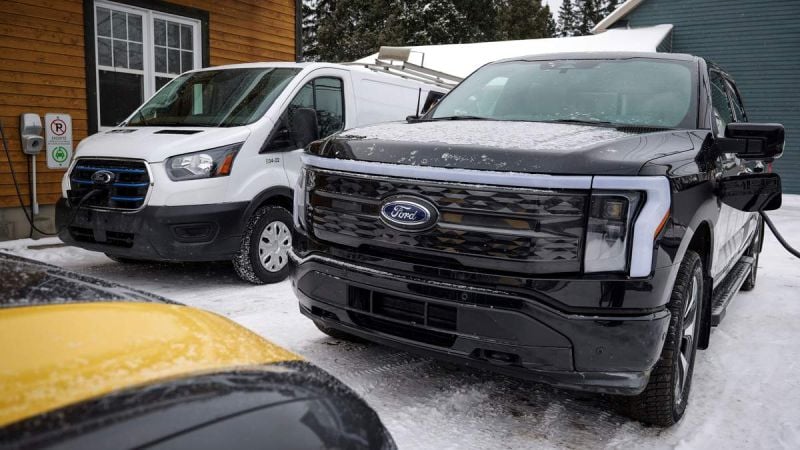





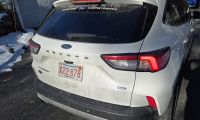

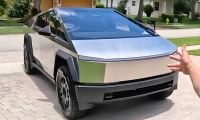
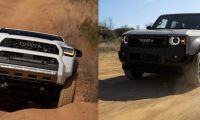
Comments
My Ford Lightning got…
Permalink
My Ford Lightning got somewhere between 1.5-2.0 mi/kWh depending on city vs highway, ambient temps, and other driving factors. For 3kWh per day that's 4.5-6mi. It won't handle your entire commute (or at least not mine) but I wouldn't turn up my nose to 4.5-6 miles of free driving.
That's probably fairly optimistic, though, as "ideal conditions" are rarely met and transferring power from one battery to the truck's battery will incur loss. Actual number of miles added would be less.
One place that this would really shine is in the ability to leave your vehicle at an airport or other location for a longer period of time and be able to come back with the same/more range and/or leaving your cameras on (Rivian's gear guard or Tesla's Sentry mode) without worrying about the parasitic drain...
That's a really insightful…
Permalink
In reply to My Ford Lightning got… by Seth Schmautz (not verified)
That's a really insightful breakdown of the practical benefits, even for a few miles of range! You've hit on some excellent use cases, especially for maintaining charge while parked or powering features like Sentry Mode without worrying about parasitic drain. It's those kinds of real-world advantages that make this technology so interesting. Thanks for sharing your perspective!
If it doesn't directly…
Permalink
If it doesn't directly charge the truck, it doesn't work...
And even if it did, 10 miles a day is abysmal.
This dude must have super long arms trying to reach for the validity of this thing.
Agree it should directly…
Permalink
In reply to If it doesn't directly… by Nick B (not verified)
Agree it should directly charge, and of course having it be affordable will be key, but doesn’t invalidate getting it to beta for review and market visibility without that is bad step.
You've hit on a really…
Permalink
In reply to Agree it should directly… by Garry Masters (not verified)
You've hit on a really important point! Getting this technology into beta and out for review is absolutely crucial for its development and for understanding its real-world potential, even if it's not a perfect, direct charging solution yet. It's all about exploring what's possible and gathering feedback. Thanks for that insight!
You've raised some valid…
Permalink
In reply to If it doesn't directly… by Nick B (not verified)
You've raised some valid points about direct charging and the daily mileage! While it's not designed to be a primary charging solution for the main battery, its value really comes in providing auxiliary power and maintaining charge for specific uses, which can be quite handy. Thanks for your candid feedback!
I think you missed the part…
Permalink
In reply to If it doesn't directly… by Nick B (not verified)
I think you missed the part where they said it doesn't charge it directly YET. They also clearly said it's also in beta, which means they're testing it. God forbid the product isn't perfect the instant it's shown to the public. Also, 10 miles a day is pretty good, that's 3600 miles a year. That covers most people's commutes. It's not supposed to be something you can infinitly drive your car on.
is a crucial part of the…
Permalink
In reply to I think you missed the part… by PolarPenguin (not verified)
is a crucial part of the conversation, and you're right, it's all about the beta testing and the ongoing development. And for many, those 10 miles a day can indeed make a significant difference over a year. Thanks for highlighting those important details!
Start
With E85 it costs me about …
Permalink
With E85 it costs me about $1.75 and 20 seconds to go 12-15 more miles. Just sayin…best of luck.
There is a market for this…
Permalink
There is a market for this especially via direct connection and oem’s should recognize it (I.e all current/future EV/phev pickup manufacturers) .
Phev’s could especially benefit and possibly open a whole market segment like apartment or townhome dwellers that otherwise would have difficulty plugging in. Select full EV buyers will like it for the 10 miles or the airport paring or camping, why manufacturers think they know everything and decline to do this is beyond words (I.e. Tesla cybertruck). Go 3rd parties!
You've really hit on why…
Permalink
In reply to There is a market for this… by Garry Masters (not verified)
You've really hit on why this kind of innovation is so exciting, especially for those in apartments or town homes, and for extending range in specific scenarios like camping or long-term parking. It's great to see third parties stepping up to fill these needs!
What's not being mentioned…
Permalink
What's not being mentioned by the testers is also the negative range impacts of the weight of that battery, inverter, solar panels, and mobile charger set up. Assuming the panels are definitely heavier than an standard trifold soft cover. That is additional weight decreasing the efficiency by i could guess 3 miles a day as well if not more.
That's a really insightful…
Permalink
In reply to What's not being mentioned… by Antonio (not verified)
That's a really insightful point about the added weight! the extra mass from the battery, inverter, and panels would certainly have an impact on overall efficiency and range. It's definitely a trade-off to consider, and thanks for highlighting that important factor!